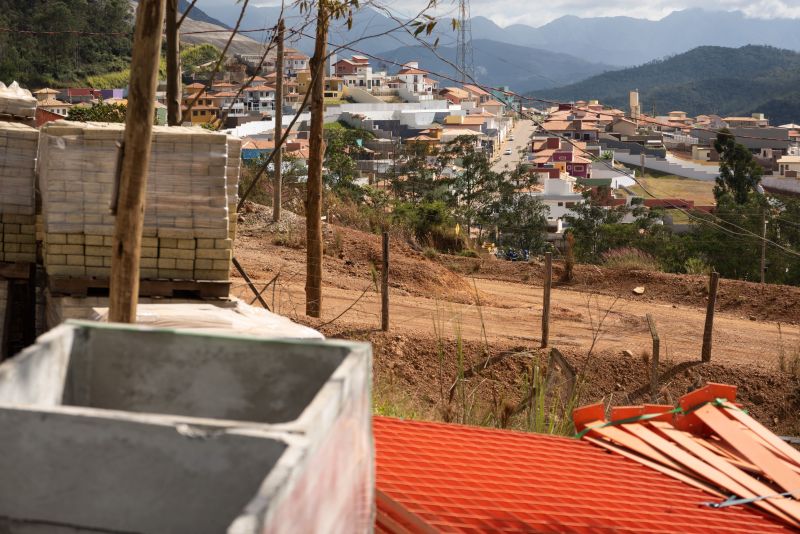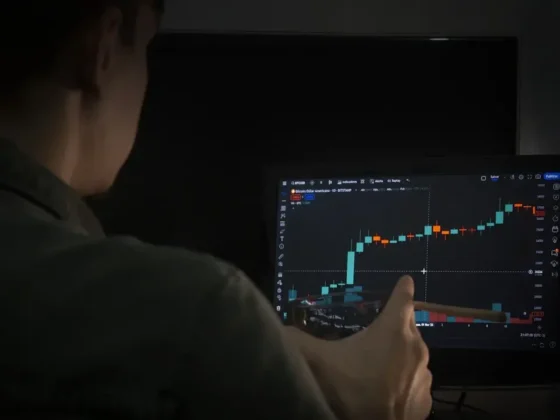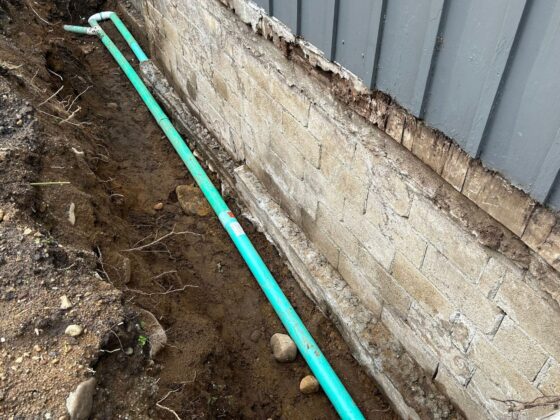In the annals of environmental disasters, few incidents resonate as painfully as the Mariana Dam disaster, a catastrophic event that not only devastated local ecosystems but also shattered communities and livelihoods. This tragedy, which unfolded in Brazils lush Minas Gerais, serves as a stark reminder of the delicate balance between industrial progress and environmental stewardship.
As the dams walls crumbled, unleashing torrents of toxic sludge, questions surged about the accountability of government entities and corporations alike. How did oversight fail? Who is truly responsible when safety is overshadowed by ambition? This article delves into the intricate web of accountability, examining the roles of regulatory bodies, corporate governance, and the often-invisible voices of the affected populations.
Ultimately, the Mariana Dam disaster stands as a call to action, urging a re-evaluation of practices and policies to prevent such avoidable tragedies in the future.
Background of the Mariana Dam
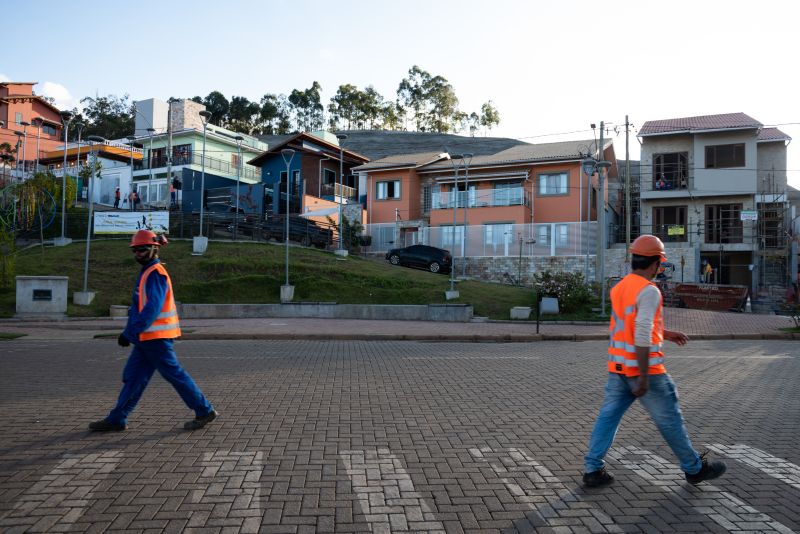
The Mariana Dam, located in Brazil, was heralded as a marvel of engineering when it was completed in 2010, promising to deliver energy and economic growth to surrounding communities. This colossal structure was built to harness the hydropower potential of the region, yet its inception was marred by controversies surrounding environmental impacts and the displacement of local populations.
As industrial-scale mining operations burgeoned nearby, concerns escalated over the safety measures implemented by the dams operator, Vale S.A., a company already grappling with a checkered history of environmental negligence. However, it was not until November 5, 2015, that the dams structural integrity came into question with disastrous consequences; a catastrophic failure released millions of liters of toxic sludge into the environment, obliterating entire villages and wreaking havoc on ecosystems.
The tragedy underscored inadequacies in regulatory oversight and ignited public outcry over governmental accountability, prompting scrutiny into the preventable nature of such disasters.
Government Accountability in Crisis Management
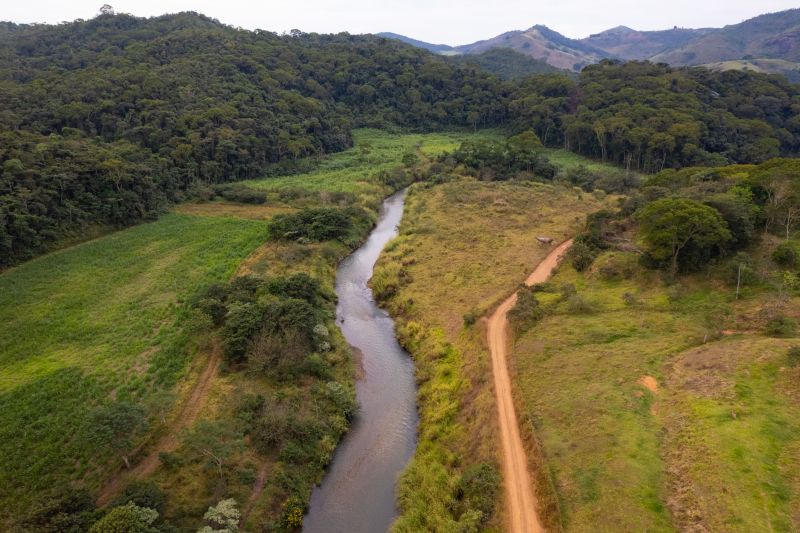
In the wake of the Mariana Dam disaster, the issue of government accountability has come under intense scrutiny, revealing a complex tapestry of negligence, oversight, and the urgent demand for transparency. The response—or lack thereof—by governing bodies raised critical questions about the frameworks in place for crisis management.
Were the protocols adequate? Did officials prioritize profit over public safety? As citizens grappled with the aftermath, calls for rigorous investigations and accountability intensified, echoing a deep-seated frustration with a system perceived as evasive and reactive rather than proactive. Stakeholders, from local communities to environmental activists, lamented the apparent disconnection between governmental promises and the tangible realities on the ground.
In such tumultuous times, the role of accountability is not merely a bureaucratic necessity; it is the cornerstone of public trust and effective governance, demanding urgent reform and vigilant oversight to ensure that tragedies like the Mariana Dam disaster are not repeated.
Technology in Future Dam Safety
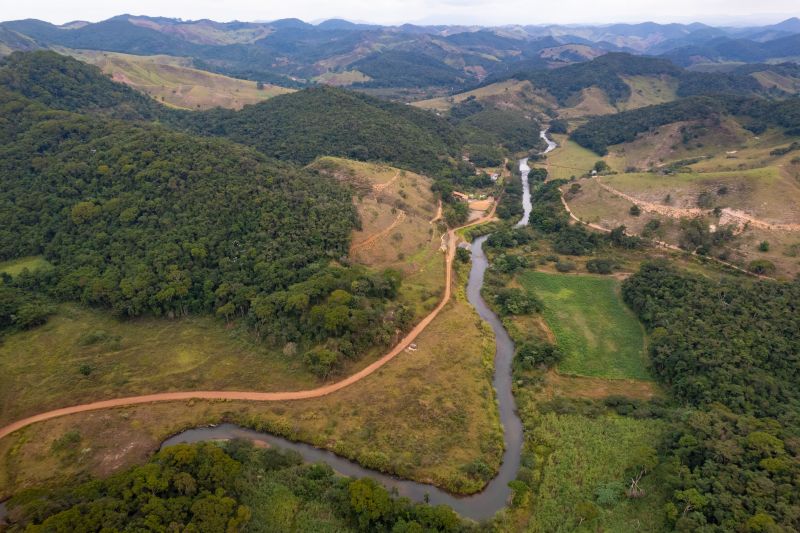
As we look toward the future of dam safety, the integration of advanced technology presents a transformative opportunity to mitigate the risks exemplified by the Mariana Dam disaster. Innovative monitoring systems, powered by artificial intelligence and machine learning, can analyze structural integrity in real-time, providing invaluable data to engineers and decision-makers.
Drones equipped with high-resolution cameras and thermal imaging can inspect hard-to-reach areas, detecting potential weaknesses before they escalate into catastrophic failures. Furthermore, predictive analytics could revolutionize risk assessment by forecasting environmental impacts, thereby enabling proactive measures.
However, the reliance on technology must be balanced with rigorous oversight and accountability to ensure that human judgment isnt overshadowed by automation. Ultimately, harnessing these technologies responsibly may pave the way for safer dams and communities, allowing us to learn from past tragedies in the pursuit of a more resilient future.
Conclusion
In conclusion, the Mariana Dam disaster stands as a poignant reminder of the critical importance of government accountability in managing and overseeing industrial operations. The catastrophic consequences of the Mariana Barragem collapse not only highlighted failures in regulatory enforcement but also underscored the need for transparent governance and robust safety protocols. As communities continue to grapple with the aftermath of this tragedy, it is imperative that both governmental entities and corporations prioritize accountability measures to prevent such disasters from occurring in the future.
By fostering a culture of responsibility and vigilance, we can safeguard our environment and ensure that the voices of affected communities are heard and respected, ultimately paving the way for a more sustainable and equitable future.
